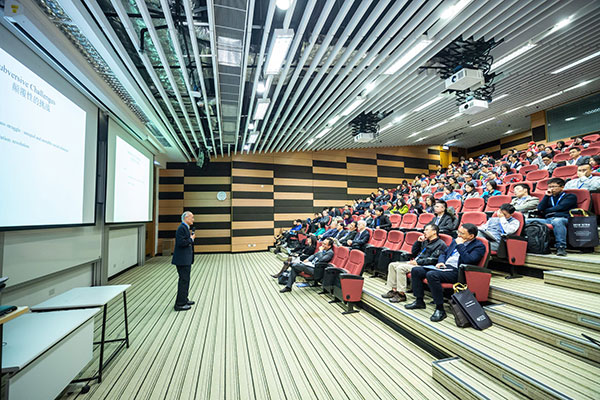
TechRepublic once predicted that 73% of teams will have remote workers in the next decade. That was in 2019, well before a global pandemic turned the working world on its head. Change “next decade” to “next year” and they came pretty close with their prediction. During the pandemic, about 70% of full-time workers were working from home, and 92% of them expect to continue doing so at least in part.
We can learn a lot about remote work by looking at how much (and how quickly) the landscape has changed in recent years. Here are our top predictions on where we see virtual work going in 2022 and how companies can start preparing now.
1. Virtual Workers Will Outpace On-Site Employees
We’re still in the infancy of virtual work and learning more about its potential. But already we’re seeing employers taking advantage of cost savings and stronger talent by increasing their virtual staff. We see this trend continuing into 2022 and potentially outpacing the hiring of on-site employees.
Savings are just part of the story, though. Companies are also seeing the ability to offload many tasks to AI and automation. In fact, one McKinsey study found that employees could effectively do the same job remotely in just three days per week compared to five days while on-site.
2. Virtual Watercoolers Will Encourage Internal Networking and Team Building
Team members that cannot see each other or be within each other’s presence have a harder time building relationship. This isn’t a remote work killer though, as companies are finding that virtual watercoolers can provide a viable workaround.
Virtual watercoolers allow team members a safe (read: COVID-free) way to get to know each other just like they would in the office. They can collaborate, share ideas, and start conversations on topics that matter.
Watercoolers that infuse an AI element will be attractive in 2022. AI can help to dissect watercooler meetings, find common themes, and introduce team members to each other based on shared interests for more effective collaboration.
3. Virtual Work Will Take a More Individualized Approach
For decades, the workplace was standardized and offered little flexibility in terms of accommodating individual needs. Remote work has changed the game, with leaders knowing that each worker is coming from a different place, a different work setup, and varying needs. The one-size-fits-all (or one-size-fits-none) approach to work just doesn’t fit in the virtual workplace.
In 2022, we predict that more companies will take an individualized approach to work. Companies can fill these gaps with the help of AI tools that proactively connect employees to the resources they need.
Final Thoughts
There’s no doubt that virtual work is here to stay. But that’s just the beginning of the conversation. Moving forward in 2022, the main focus should be on bridging the gap between physical and virtual teams and making remote work.
Zenvoy helps you bring virtual teams closer together through AI-driven engagement. Learn more when you schedule a demo.



